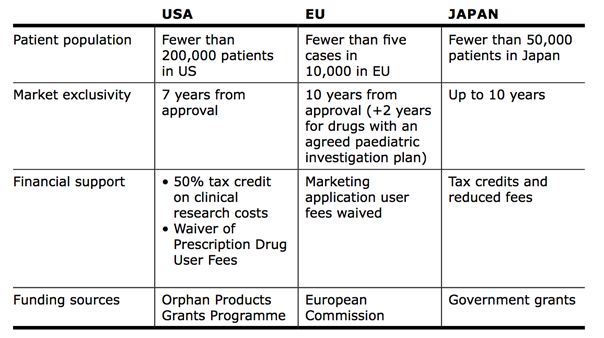Dendritic Cells (DCs) are very efficient antigen-presenting cells and have long been considered as attractive candidates for cancer immunotherapy. They are obtained from the patient and loaded in vitro with tumour antigens and additional maturation stimuli and subsequently, infused back into the patient. However, after more than 200 clinical trials involving thousands of patients, clinical responses have been disappointing so far.
While the treatment is safe and well-tolerated and often elicits anti-tumour immunity in both patients with advanced stages of disease and those with minimal residual disease following tumour resection, only a minority of patients demonstrates objective response rates. There are several reasons why the results are disappointing, and while scientists have been able to address problems such as active immune suppression and evasion mechanisms of the tumour, some DC therapy-related aspects contributing to the limited clinical efficacy of DC therapy remain to be solved: the choice of the antigen, the method of loading, and, above all, the type of DCs used. Access to the full spectrum of DCs is limited and many subsets known to be very effective simply are not accessible as they can be derived from the patients only in very low quantities.As a result, sentiment has switched to approaches viewed as more promising, such as checkpoint inhibitors or chimeric antigen receptor (CAR)-T cells.
Exciting advances with iPSCs
However, thanks to the recent advances made with induced pluripotent stem cells (iPSCs) interest in these vaccines has been renewed. iPSCs can be induced to produce dendritic cells and this provides an opportunity for the rational design of DC vaccines displaying additional functionality via genetic engineering technologies. As iPSCs also open up the possibility for the mass production of large numbers of high-quality iPSC-derived DCs, it is now possible to design next generation DC vaccines from engineered DCs.
Moreover, iPSCs also allow for the production of DC subsets that are not accessible as yet for therapeutic development because sufficient quantities could not be obtained. Examples are DCs facilitating anti-viral responses and a certain subset called CD141+ specialised on cross-presentation of antigens. The CD141+ subset, which is found in very low abundance in vivo, is of particular interest for cancer therapy as it induces optimal cytotoxic T lymphocyte (CTL) responses. Thanks to iPSC, these subsets now can be produced under cGMP conditions in bulk quantities.
Off-the-shelf cancer vaccines?
All in all, these advances may provide the opportunity to design off-the-shelf DC products suitable for cancer vaccines.
Evotec therefore has invested in British immune oncology company OXvax Ltd., a spin-out from the University of Oxford focused on the development of an advanced next-generation dendritic cell vaccine platform for the treatment of solid cancers. The company is pioneering the use of iPSCs as a novel source of CD141+ dendritic cells (DC) and is based on intellectual property from the Fairchild laboratory at the Sir William Dunn School of Pathology. OXvax’s technology addresses, among others, the low cross-presentation and the T-cell activation problems of past DC-based cancer treatments. The platform enables the manufacture at scale of an off-the-shelf, highly potent vaccine which addresses the major limitations that have frustrated cancer vaccine development in the past. If the approach is successful in oncology, it can also be expanded to other therapeutic areas, e.g. viral infections.



